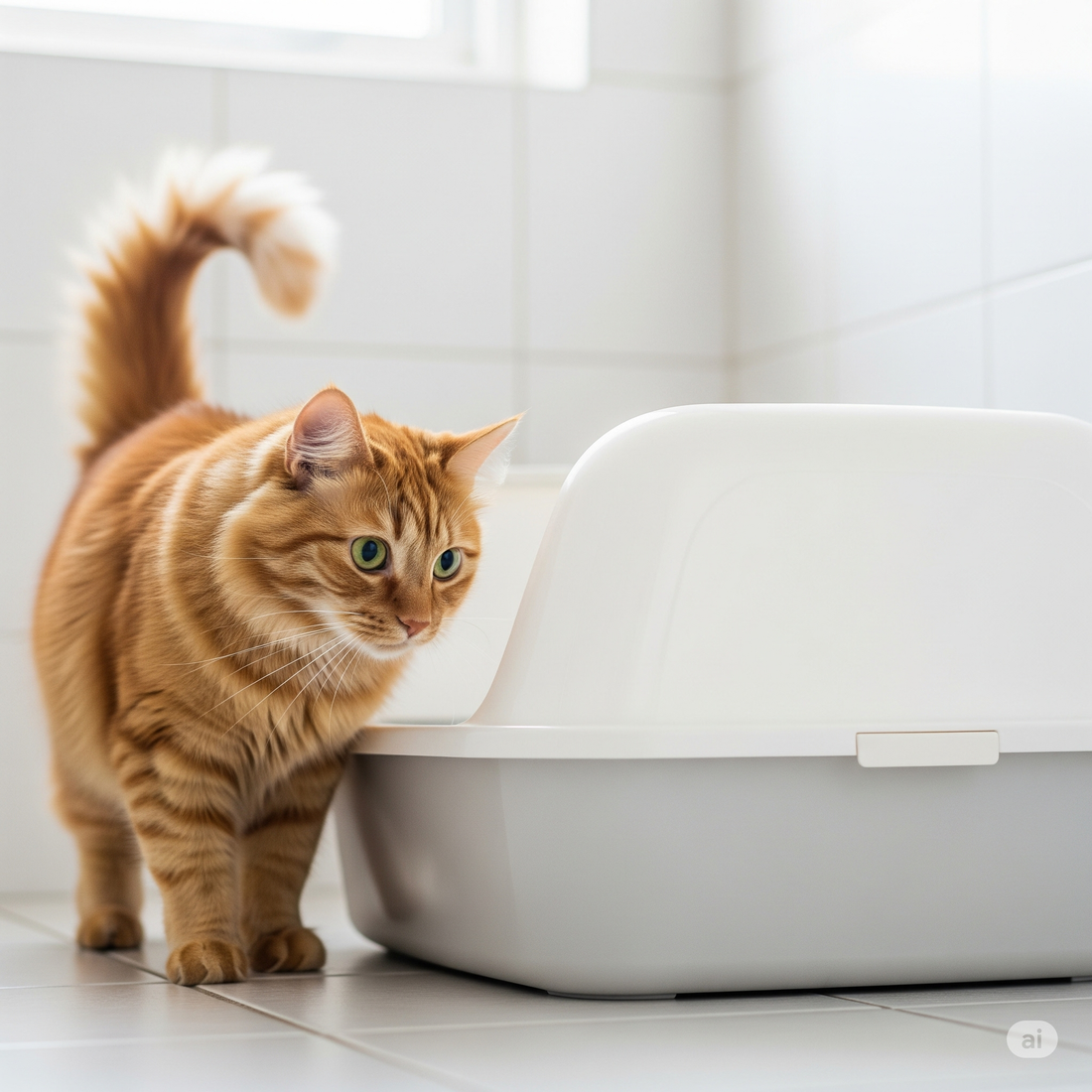
The Pros and Cons of Different Cat Litter Materials
Share
Every cat owner knows the struggle of finding the perfect litter. You want something that controls odors, minimizes mess, and keeps your feline friend happy—but with so many options lining pet store shelves, how do you choose? The truth is, every litter material comes with its own set of advantages and challenges that affect everything from your daily cleanup routine to your cat's comfort and even your home's air quality.

Which Cat Litter Is Right for You? The Surprising Pros and Cons of Every Type
Clay litter has been the go-to choice for generations, and for good reason. Its natural absorbency locks in moisture effectively, and clumping varieties make scooping a breeze by forming solid clumps that are easy to remove. Most cats adapt well to its texture, and it's widely available at various price points. However, the dust from clay litter can become a real nuisance, irritating sensitive respiratory systems in both pets and people. The weight of clay litter makes hauling heavy boxes home a chore, and environmentally conscious owners may balk at the mining processes involved in its production. Tracking is another significant issue—those tiny clay particles seem to find their way onto every surface in your home.
For those prioritizing odor control above all else, silica gel crystals present an intriguing high-tech solution. These porous beads excel at absorbing urine and neutralizing ammonia smells, often lasting weeks before needing replacement. The lightweight crystals produce virtually no dust—a blessing for allergy sufferers—and you only need to scoop solid waste. Yet some cats turn up their noses at the unusual texture under their paws, and the sharp, crunchy sound of the crystals can startle more sensitive felines. The beads have a tendency to scatter outside the box, sticking to paws and fur, and the premium price tag may give budget-conscious owners pause.

Eco-conscious cat parents often gravitate toward pine pellet litter, drawn by its sustainable credentials and natural odor-fighting properties. The pellets release a pleasant forest scent as they break down urine, and they produce minimal dust while resisting sticking to paws. However, the texture can be a hard sell for cats accustomed to finer substrates, and the resulting sawdust requires frequent sifting. While the pine scent effectively masks odors for many, others find it overpowering, and it's generally less effective at containing solid waste smells compared to clumping alternatives.
Corn and wheat litters attempt to marry the convenience of clumping with natural materials, forming scoopable clumps while being biodegradable and often flushable. These plant-based options are lighter than clay and generate less dust, with natural enzymes that help control odors. Their organic composition makes them safer for curious kittens who might sample their litter. However, improper storage can lead to mold growth, and some brands emit a faint cereal-like aroma when first poured. The clumps may not hold as firmly as clay, crumbling during scooping, and performance varies significantly between brands despite the premium pricing.
For households with respiratory concerns, recycled paper litter offers a nearly dust-free solution that's gentle on sensitive paws. Its soft texture makes it ideal for kittens and arthritic seniors, while its lightweight nature and eco-friendly credentials add to its appeal. Odor control proves challenging though, requiring more frequent complete changes, and the lack of clumping action makes spot-cleaning difficult. The loose fibers tend to cling to longhaired cats, and while inexpensive per bag, you'll go through it faster due to its lower efficiency.

Emerging as a dark horse contender, walnut shell litter brings some unique advantages to the litter box. The dark color helps disguise stains, while the natural texture satisfies cats accustomed to clay. It forms decent clumps and harnesses the natural odor-fighting power of walnut tannins. Environmentally friendly and lightweight, it checks many boxes for modern cat owners. However, the dark hue makes monitoring urine output for health changes more difficult, and some cats find the texture uncomfortably coarse. The natural scent, while pleasant to most, can divide opinions, and the price point sits above mainstream options.
The quest for perfect litter often leads to creative solutions. Some owners successfully mix different types—perhaps combining pine pellets with a sprinkle of clumping corn litter—to balance various advantages. Others maintain multiple boxes with different litters to accommodate multi-cat households where preferences vary. What becomes clear is that there's no universal best choice, only what works best for your specific situation, your home environment, and most importantly, your cat's preferences.

At the end of the day, your cat's comfort should guide the decision. A litter they refuse to use creates far bigger problems than any amount of tracking or odor. With patience and perhaps some trial and error, you'll find the right balance between your needs for cleanliness and convenience and your cat's requirements for a comfortable bathroom experience. Remember that regardless of which litter you choose, proper box maintenance—regular scooping, thorough cleaning, and attentive observation of your cat's habits—will always be the most important factor in maintaining litter box harmony.
